products categories
- Battery Production Equipment Line
- Battery Lab Pilot Equipment Line
- Lithium Battery Pack Assembly Line
- Solid State Battery Assembly Line
- Sodium Ion Battery Production Line
- Supercapacitor Assembly Line
- Lithium Ion Battery Recycling Plant
- Dry Electrode Preparation Solution
- Perovskite Based Solar Cell Lab Line
- Li ion Battery Materials
- Cathode Active Materials
- Anode Active Materials
- Customized Battery Electrode
- Coin Cell Parts
- Lithium Chip
- Cylindrical Cell Parts
- Battery Current Collectors
- Battery Conductive Materials
- Electrolyte
- Metal Mesh
- Battery Binder
- Separator and Tape
- Aluminum Laminate Film
- Nickel Strip
- Battery Tabs
- Graphene Materials
- Nickel Felt
- Titanium Fiber Felt
- Battery
- Battery Pack Machine & Compoments
- Battery Pack Compoments
- Turnkey Solutions Battery Pack Assembly Line
- Cell Sorter
- Battery Pack Spot Welder
- Laser Welder
- Battery Charging Discharging Tester
- Battery Pack Aging Machine
- Battery Pack Comprehensive Tester
- CCD Visual Inspector
- Battery Pape Sticking Machine
- BMS Testing Machine
- Al Wire Bonding Machine
- Lithium Battery Machine
- Battery Tester & Analyzer
- Battery Safety Tester
- Material Characterization Tester
- Rolling Press Machine
- Spot Welding Machine
- Vacuum Mixer Machine
- Crimping/Disassembling Machine
- Vacuum Sealing Machine
- Electrolyte Filling
- Stacking/Winding Machine
- Electrode Cutter/Slitter
- Pouch Forming Machine
- NMP Solvent Treatment System
- Lithium Battery Production Plant
- Vacuum Glove Box
- Furnaces
- Coaters
- PVD Coater
- Laboratory Press Machine
- Large Press Machine
- Planetary Centrifugal Mixer
- Ball Mill
- Laboratory Machine
- Cutting Machine
- Metal Foam
contact us
- If you have questions, please contact us, all questions will be answered
- WhatsApp : +86 18659217588
- Email : David@tmaxcn.com
- Email : Davidtmaxcn@gmail.com
- Add : No. 39, Xinchang Road, Xinyang, Haicang Dist., Xiamen, Fujian, China (Mainland)
Titanium Mesh in Photocatalytic Redox Flow Batteries
Model Number:
TMAX-TIM02Compliance:
CE CertifiedDelivery Time:
2 days
- WhatsApp : +86 18659217588
- Email : David@tmaxcn.com
- Email : Davidtmaxcn@gmail.com
- Wechat : 18659217588
Previous:
Titanium Wire Mesh for Battery ApplicationsNext:
Electroformed Nickel Mesh for Elevate Electrochemical Applications
Titanium Mesh in Photocatalytic Redox Flow Batteries
Overview
Titanium mesh plays a crucial role in enhancing the performance of Photocatalytic Redox Flow Batteries (PRFBs), a unique class of energy storage systems driven by solar energy. Its application in PRFBs is characterized by excellent conductivity, corrosion resistance, and the ability to support efficient electrochemical reactions.
Features
1.Conductive Support: Titanium mesh serves as a highly conductive and stable support structure for the electrodes in PRFBs, facilitating the flow of electric current during both charging and discharging cycles.
2.High Surface Area: The porous and high-surface-area structure of titanium mesh contributes to increased active surface sites, optimizing the electrochemical reactions within the battery and enhancing overall performance.
3.Corrosion Resistance: Titanium's exceptional corrosion resistance is crucial in PRFBs, where the electrodes are exposed to electrolytes and redox reactions. This property ensures the long-term durability and reliability of the battery.
4.Customizable Design: Titanium mesh can be tailored to meet specific design requirements, including variations in pore size, mesh density, and thickness. This adaptability allows for the optimization of electrode configurations based on the unique needs of PRFB applications.
Applications
1.Electrode Support: Titanium mesh serves as a robust and durable support structure for the electrodes, providing a stable foundation for efficient electrochemical reactions.
2.Photocatalytic Electrodes: In PRFBs, titanium mesh is often employed as a substrate for photocatalytic materials, enhancing the photoconversion efficiency and contributing to the overall energy conversion process.
3.Solar-Driven Energy Storage: The integration of titanium mesh in PRFBs aligns with the goal of utilizing solar energy for efficient energy storage, making it a key component in sustainable and renewable energy systems.
4.Redox Flow Battery Technology: Titanium mesh contributes to the advancement of redox flow battery technology, particularly in applications where photocatalytic processes are harnessed for energy conversion and storage.
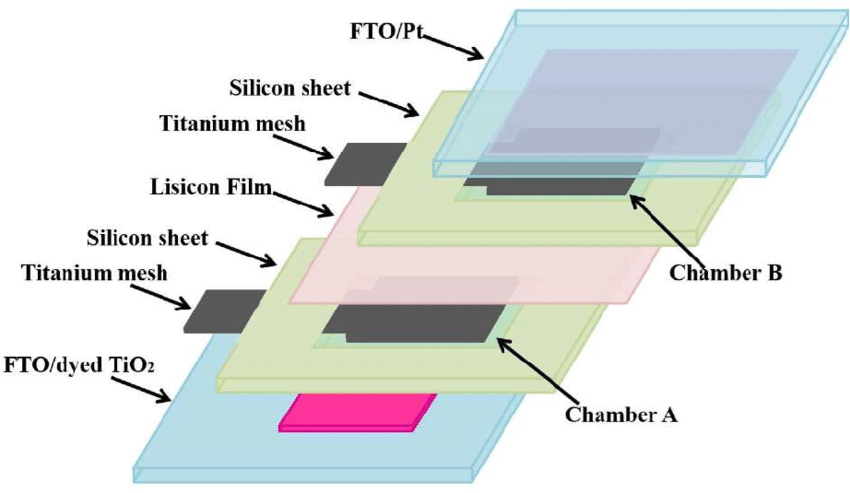
To customize various metal foams, please click the picture below for details:

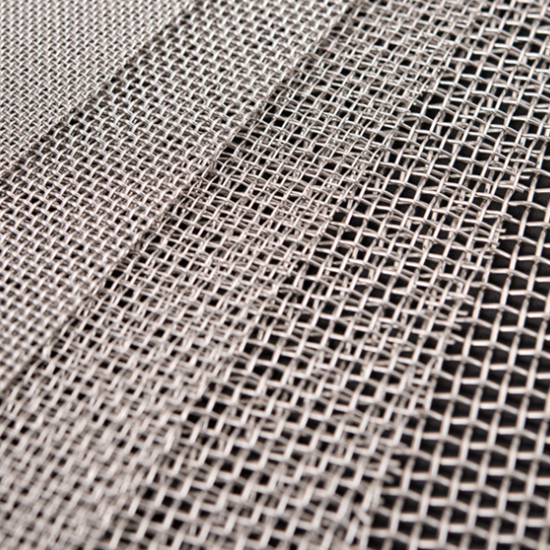

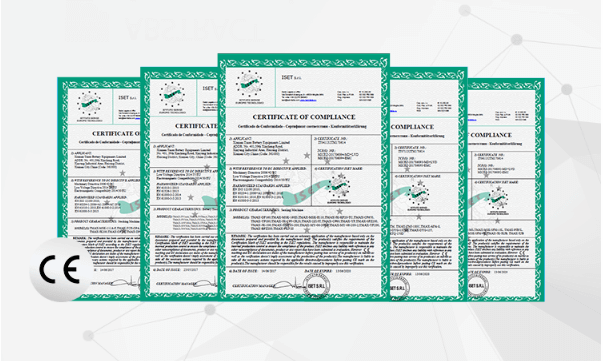

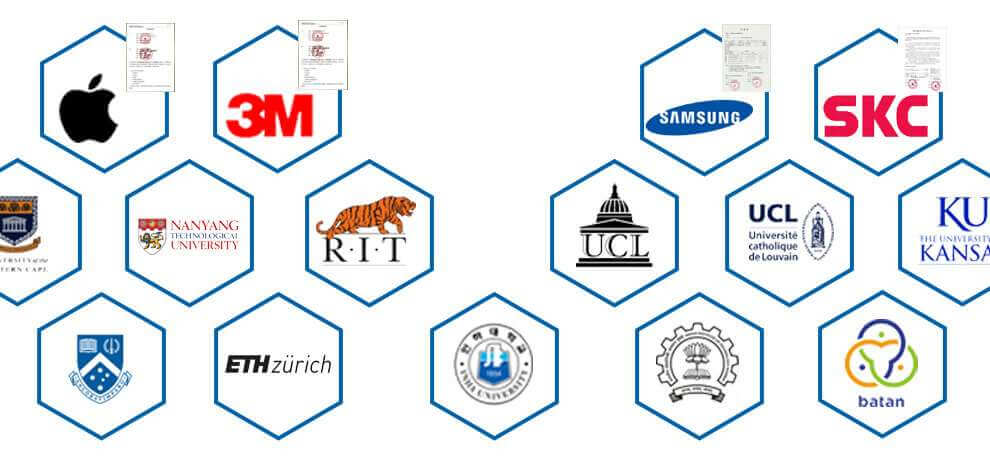
 ru
ru
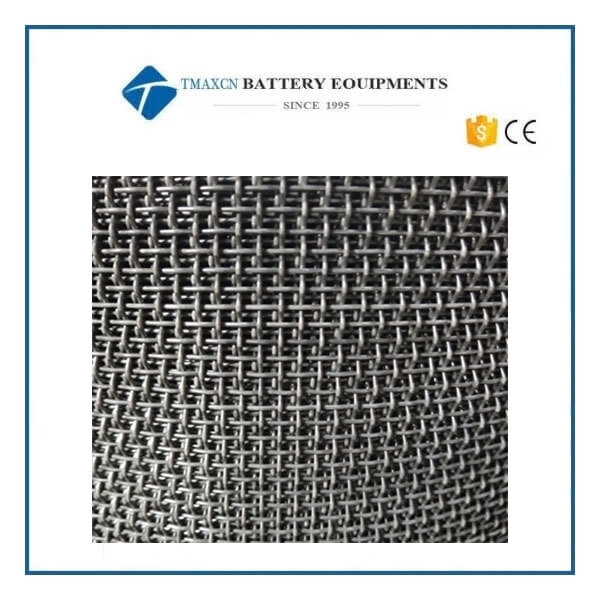
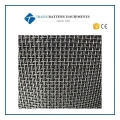
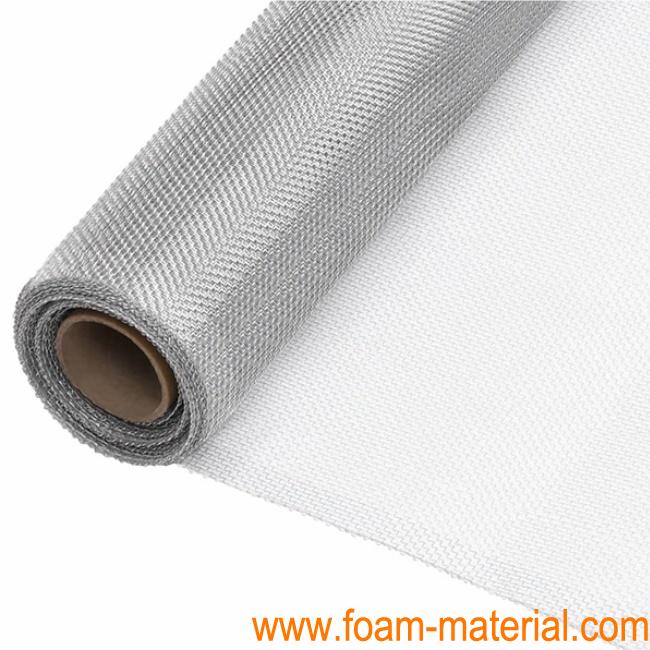
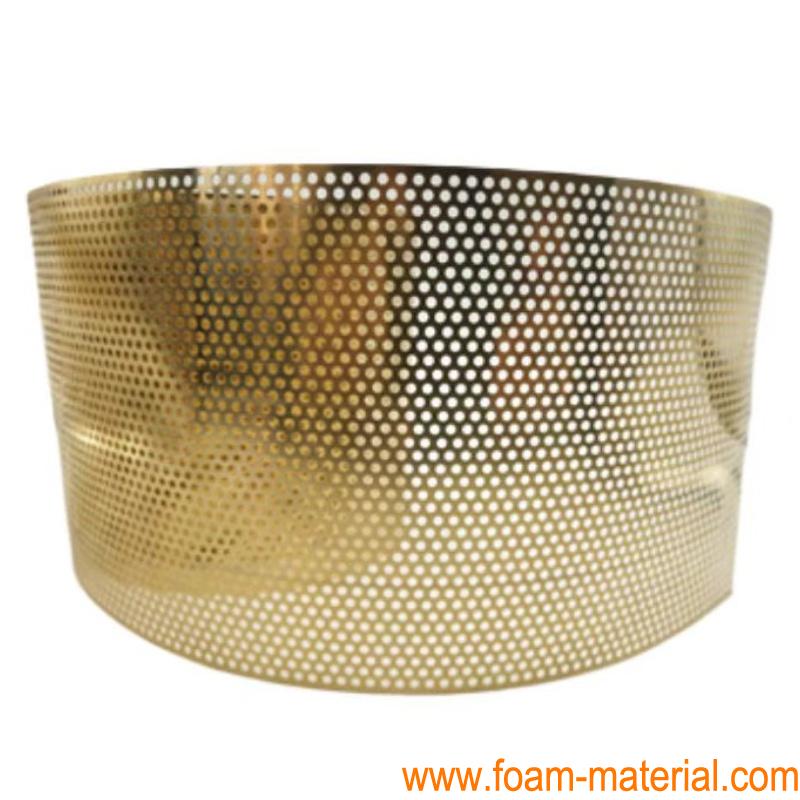
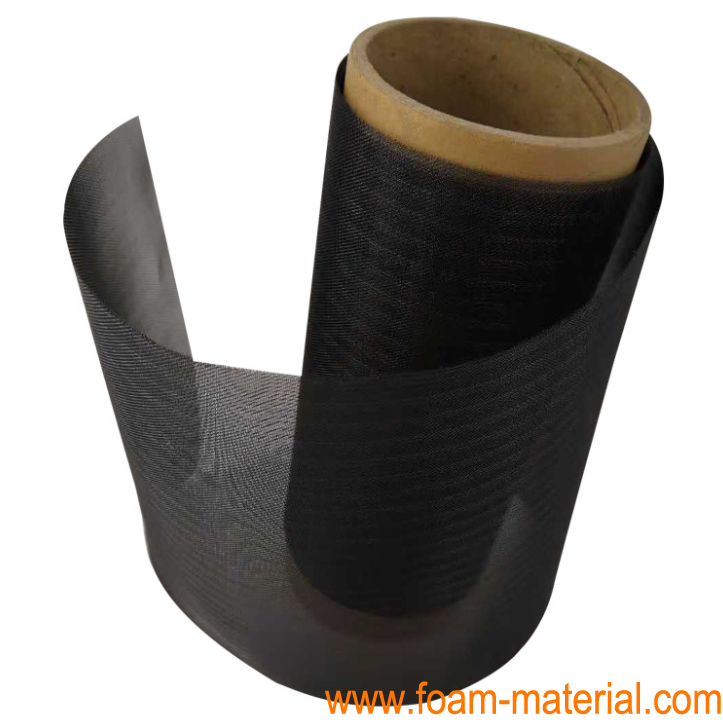
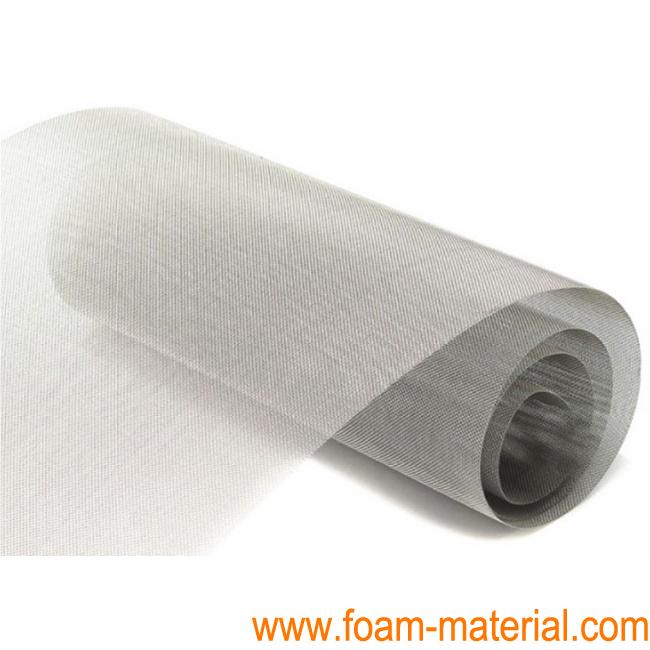
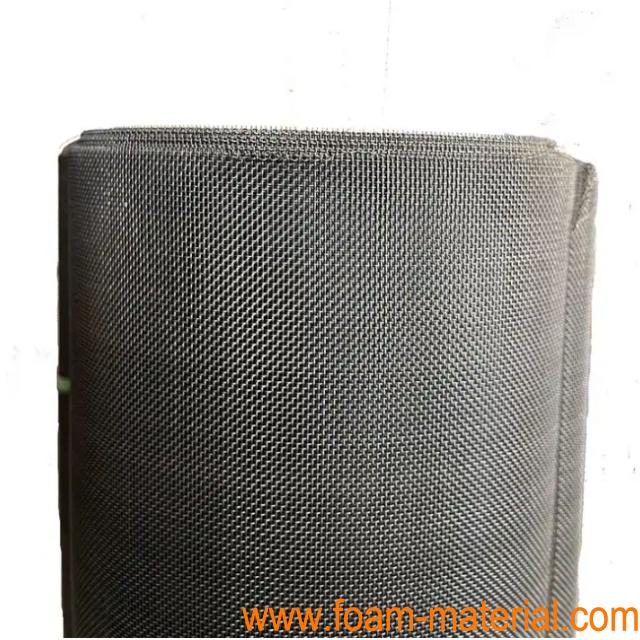
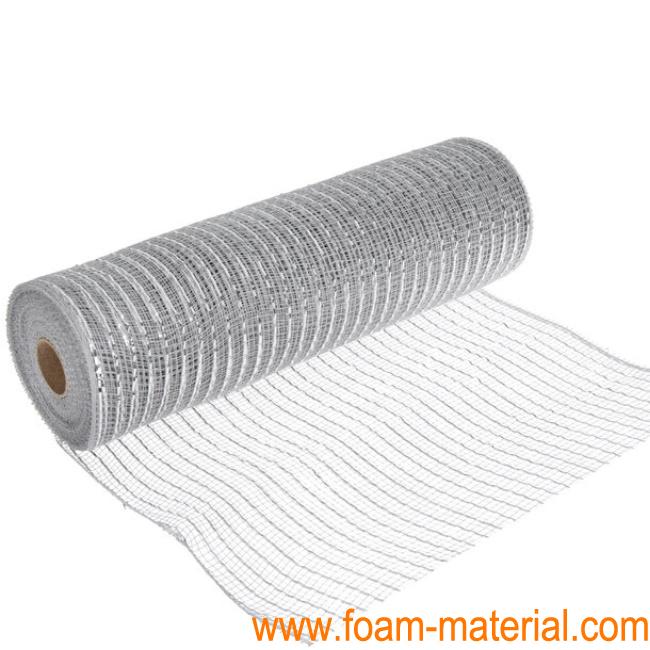
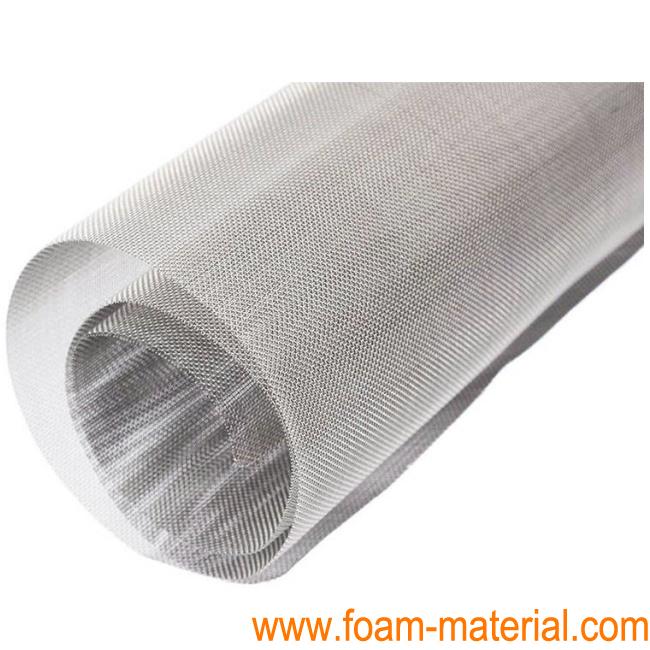
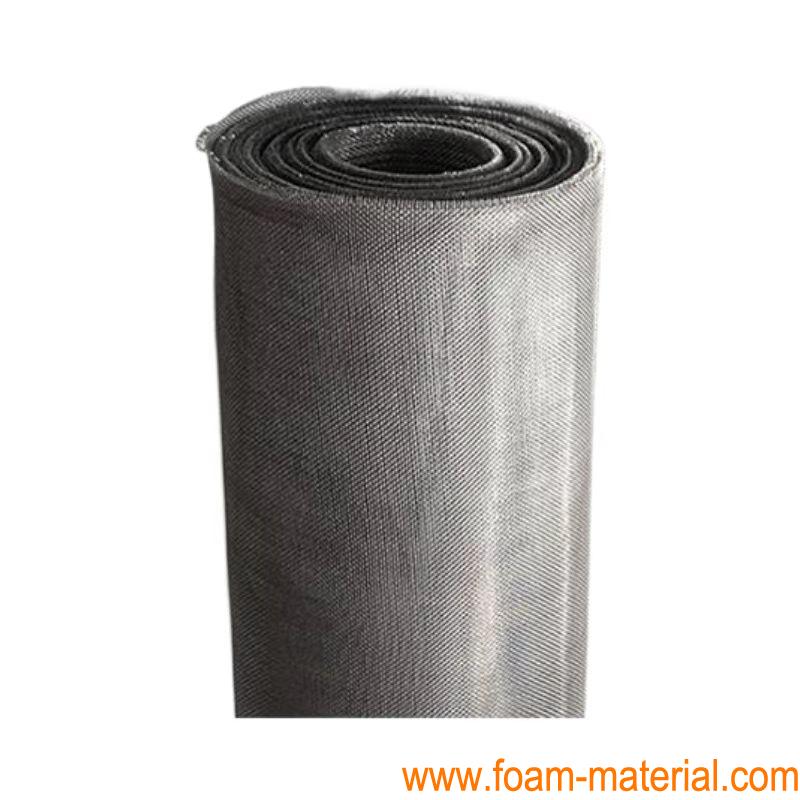
 +86 13174506016
+86 13174506016 David@tmaxcn.com
David@tmaxcn.com

